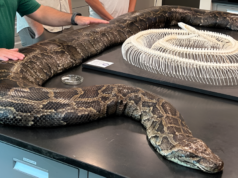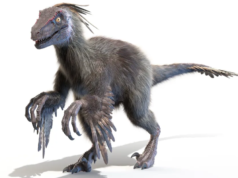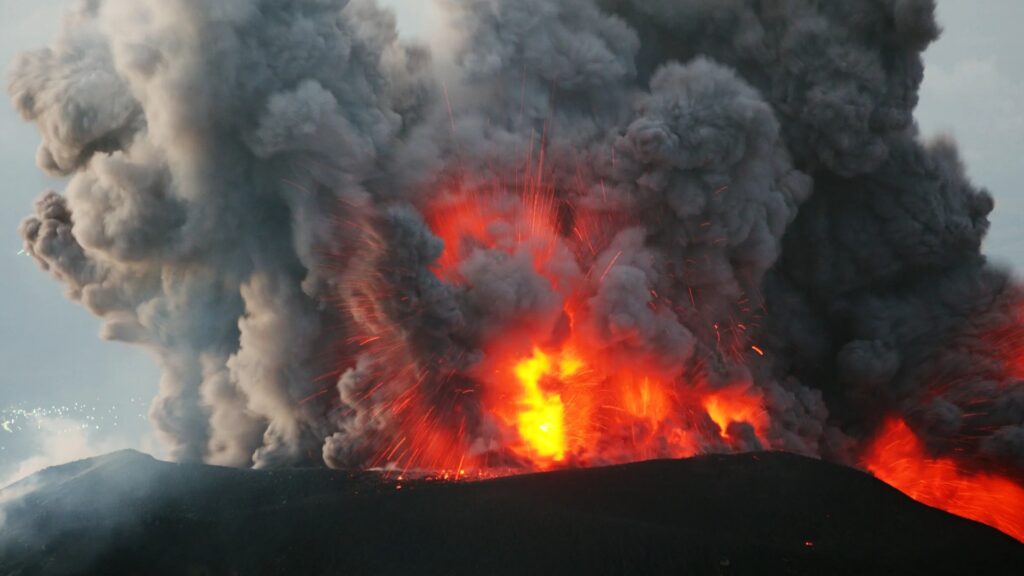
Volcanoes are nature’s ticking time bombs. They might seem dormant, but deep beneath their surface, molten chaos brews, waiting for the perfect moment to erupt. The United States is home to several volcanic hotspots, some of which pose a constant threat to nearby communities. Here, we’ll explore the states with the most active volcanoes and delve into the ominous power of these fiery giants. How close are you to one of these geological marvels?
Alaska – A Land of Fiery Peaks
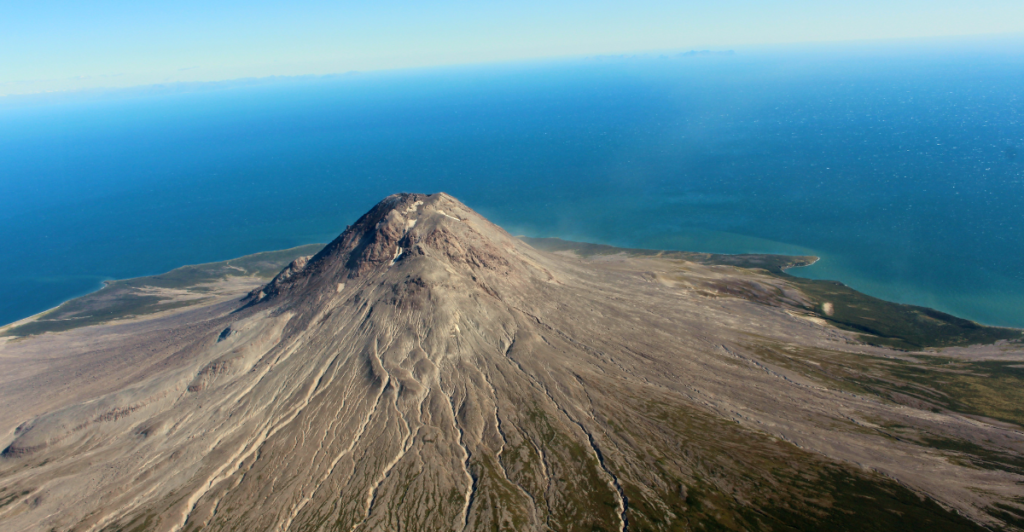
Alaska leads the pack with the most active volcanoes in the United States. Over 130 reside here, with around 50 considered active! These volcanoes are part of the Pacific Ring of Fire, a volcanic hotspot circling the Pacific Ocean. Notable volcanoes include Mount Redoubt and Mount Augustine, which have erupted within the last century. Alaska’s remoteness might feel like a buffer, but its volcanoes are closely monitored due to the potential impacts on air travel and climate. The question isn’t if, it’s when.
Hawaii – Paradise Meets Peril
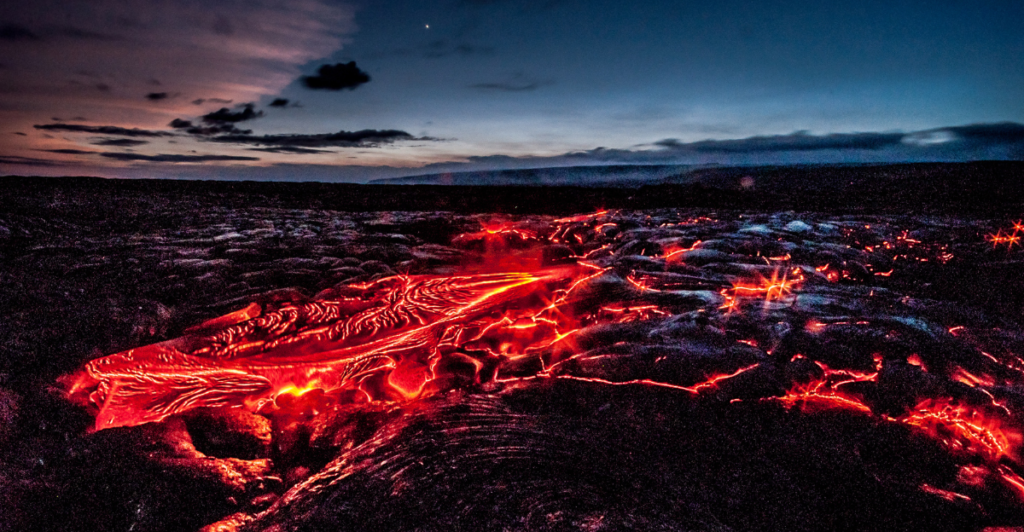
Hawaii may be a tropical paradise, but its beauty comes at a fiery cost. The Hawaiian Islands are essentially a chain of shield volcanoes, with Kīlauea being one of the most active volcanoes on Earth. Its 2018 eruption destroyed homes and reshaped the Big Island’s landscape. Mauna Loa, the largest volcano on the planet, erupted as recently as 2022. Living in Hawaii means coexisting with the constant threat of lava flows, earthquakes, and the eerie glow of molten rock.
California – The Sleeper State
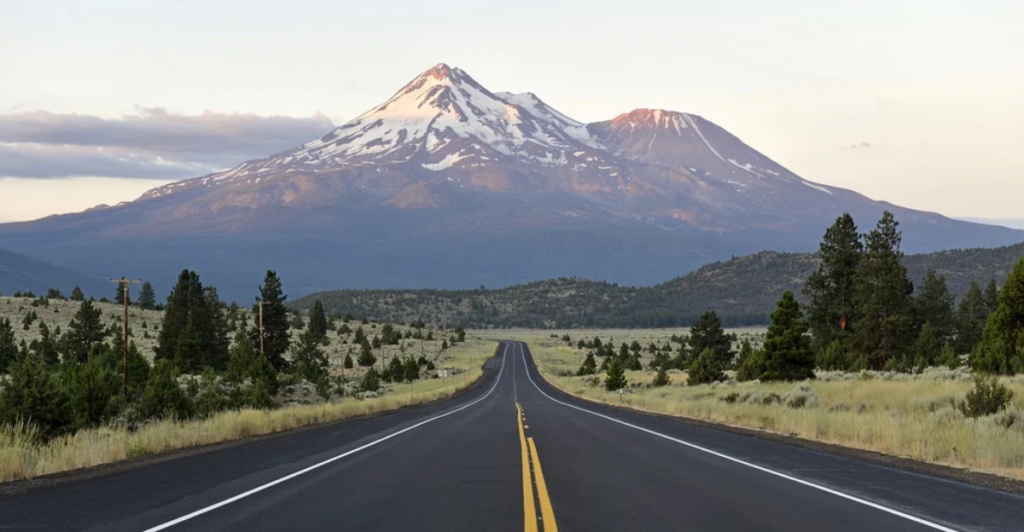
California isn’t just about earthquakes. It’s also home to some of the country’s most dangerous volcanoes. Mount Shasta, a stratovolcano in Northern California, hasn’t erupted since the late 1700s, but it remains active and closely watched. Another threat is the Long Valley Caldera, a massive supervolcano capable of catastrophic eruptions. While California’s volcanoes are quieter compared to Alaska or Hawaii, their proximity to dense populations makes them a potential nightmare scenario.
Washington – Mount Rainier’s Looming Shadow
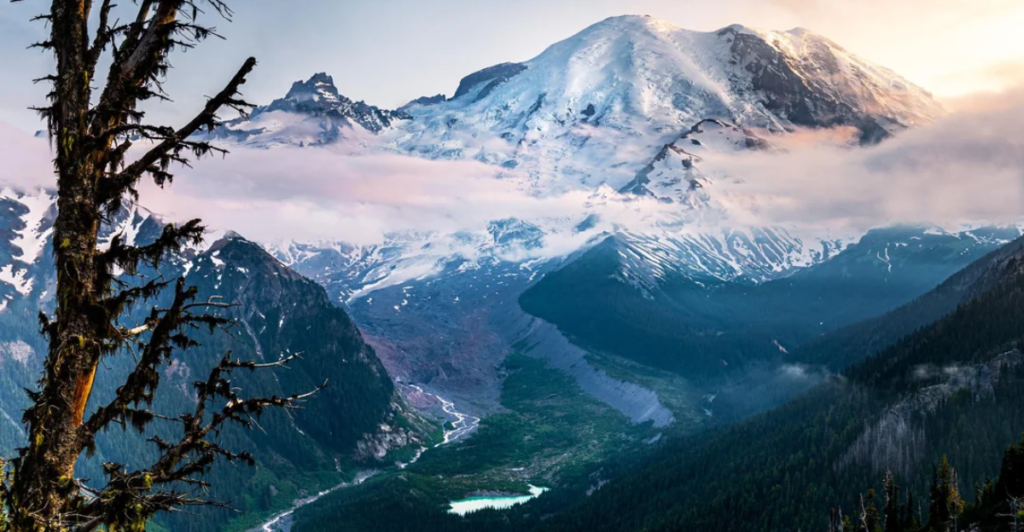
The Pacific Northwest is home to towering volcanoes, and Washington has its fair share. Mount St. Helens’ devastating 1980 eruption is a haunting reminder of what these giants are capable of. But Mount Rainier, just 60 miles from Seattle, is the real threat. With its icy peaks and unstable slopes, an eruption could trigger lahars, which are deadly volcanic mudflows, and threaten tens of thousands. Washington’s volcanoes may look serene, but beneath the surface, danger lurks.
Oregon – The Cascades’ Fiery Heart
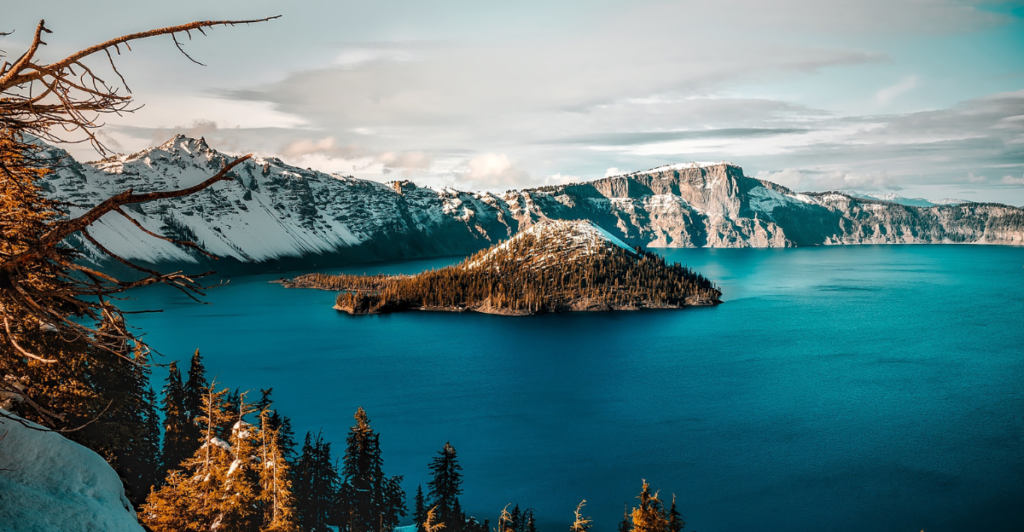
Oregon is part of the Cascade Range, a chain of volcanic mountains stretching from British Columbia to Northern California. Mount Hood, the state’s tallest peak, is an active volcano with the potential for explosive eruptions. Crater Lake, a breathtaking natural wonder, was formed by the eruption of Mount Mazama over 7,000 years ago. Oregon’s landscape is a testament to its volcanic past, but don’t let its beauty distract you. Its volcanoes are still alive.
The Pacific Ring of Fire – America’s Connection
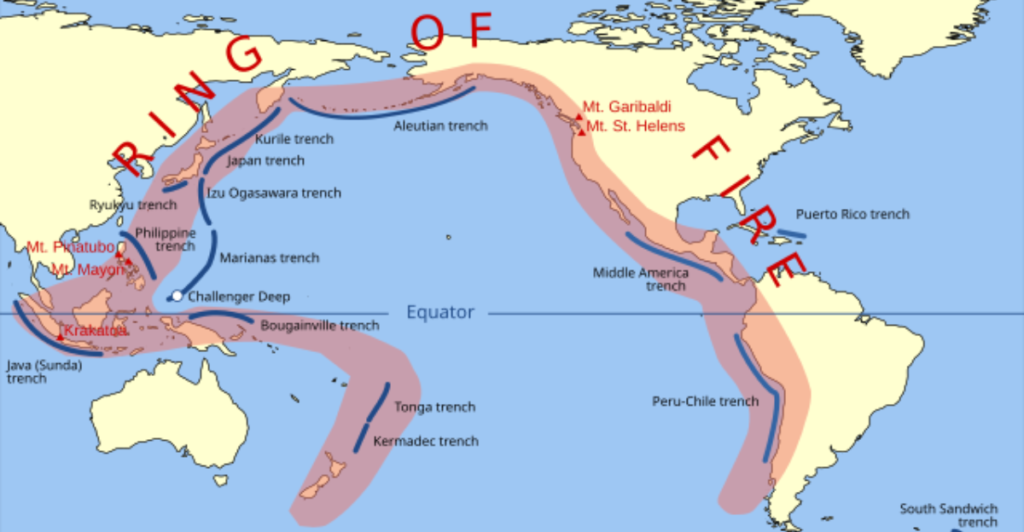
The United States’ most active volcanic regions lie along the Pacific Ring of Fire, a horseshoe-shaped belt of seismic and volcanic activity. This zone accounts for 75% of the world’s volcanoes and 90% of its earthquakes. States like Alaska, Hawaii, and those along the West Coast owe their fiery landscapes to this geological phenomenon. Living near the Ring of Fire means living with constant seismic energy, where the ground could tremble, or the sky could darken at any moment.
Volcanic Hazards – More Than Lava
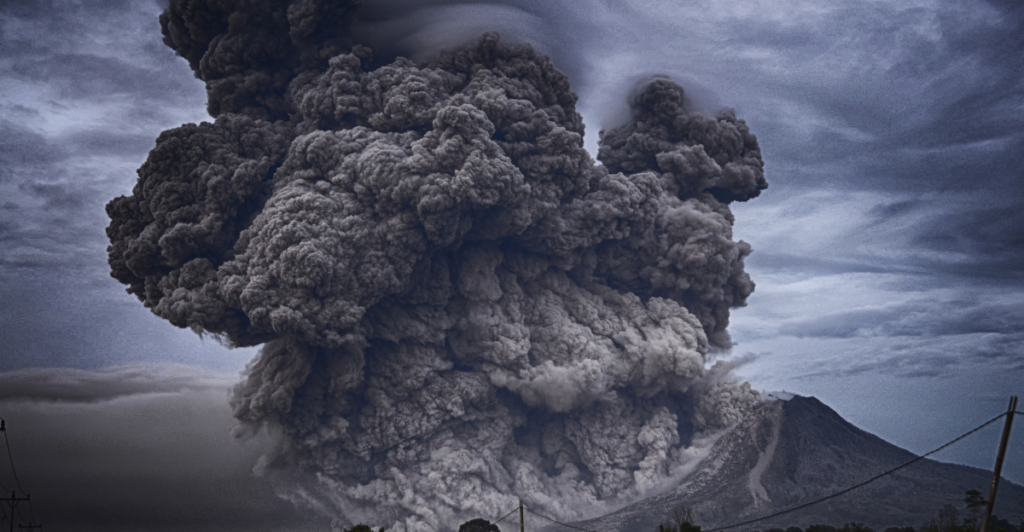
When you think of a volcanic eruption, rivers of lava likely come to mind. But volcanoes unleash a suite of hazards: pyroclastic flows that destroy everything in their path, ash clouds that can blanket entire cities, and toxic gases that suffocate life. Even dormant-looking volcanoes can produce steam explosions or cause ground deformation. The aftermath of an eruption can affect global climate, disrupt air travel, and devastate local economies. Volcanoes don’t just erupt. They transform the world.
Yellowstone – The Supervolcano That Could Change the World
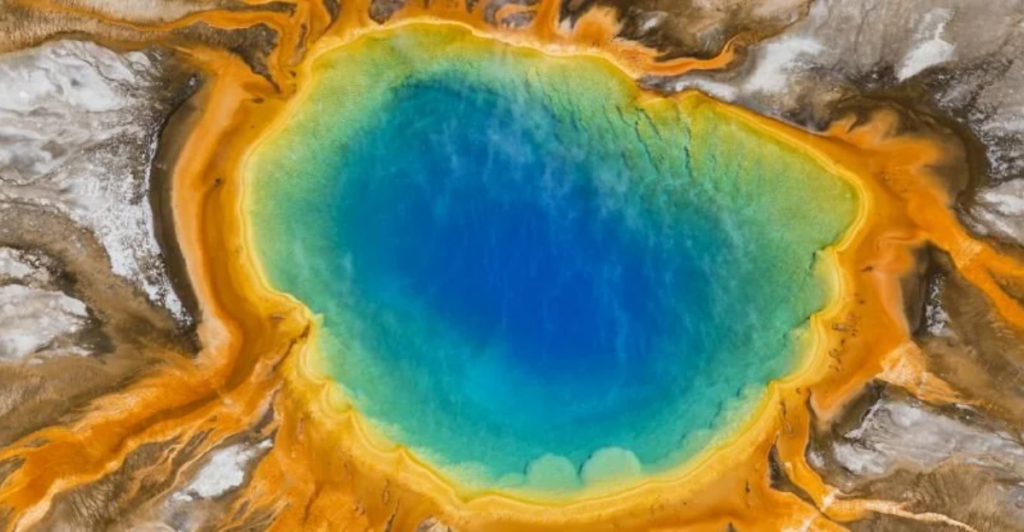
Yellowstone National Park is home to a supervolcano that last erupted 640,000 years ago. This behemoth isn’t your average volcano. It’s a caldera capable of catastrophic eruptions. If Yellowstone were to erupt today, the effects would be apocalyptic: massive ash clouds, global temperature drops, and widespread destruction. While scientists assure us the chances of an eruption are slim, the thought of Yellowstone’s power bubbling just beneath the surface is enough to send shivers down anyone’s spine.
Volcano Monitoring – Science on the Frontlines
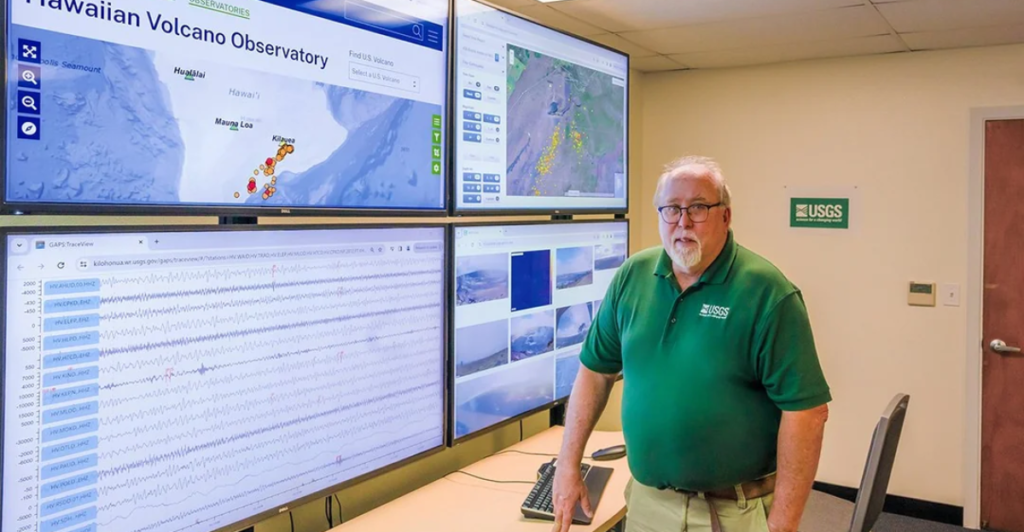
Thankfully, we live in an era of advanced volcano monitoring. Seismometers, satellite imaging, and gas sensors keep scientists informed about volcanic activity. The United States Geological Survey (USGS) operates volcano observatories across the country, from Alaska to Hawaii. While these tools can’t predict eruptions with absolute certainty, they provide early warnings and crucial data to help communities prepare. Monitoring volcanoes is like listening for a heartbeat. It’s essential to understand when danger might strike.
Volcanoes and Climate – A Global Impact
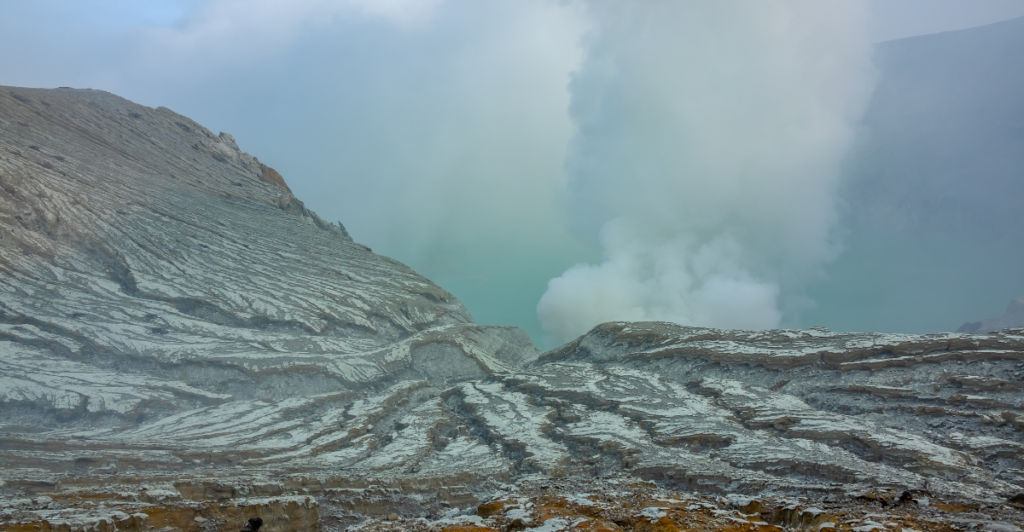
Volcanoes don’t just affect the areas around them. They can alter the entire planet’s climate. Major eruptions release sulfur dioxide into the atmosphere, forming particles that reflect sunlight and cool the Earth. The 1991 eruption of Mount Pinatubo in the Philippines caused a global temperature drop of about 0.5°F. While this cooling effect is temporary, it underscores the interconnectedness of volcanic activity and Earth’s climate systems. A single eruption can ripple across continents, leaving its mark on history.
Idaho – Not Just Potatoes
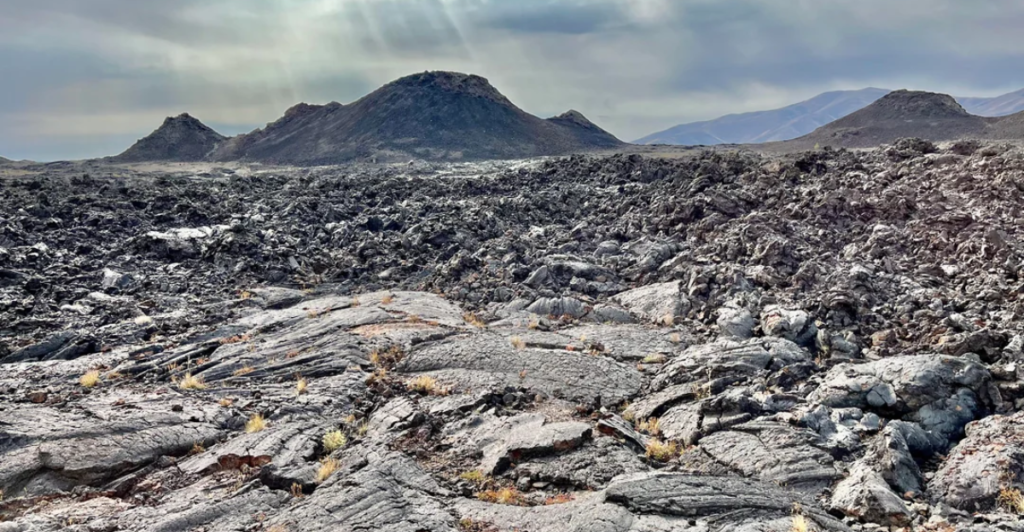
Idaho might not be the first state that comes to mind when you think of volcanoes, but it’s part of the Snake River Plain, a volcanic hotspot. This area was shaped by ancient volcanic activity, including eruptions from the Yellowstone hotspot. While Idaho’s volcanoes are largely dormant today, their legacy is etched into the landscape. Craters of the Moon National Monument, with its surreal lava fields, serve as a reminder of the state’s fiery past.
Nevada – Quiet, But Not Forgotten
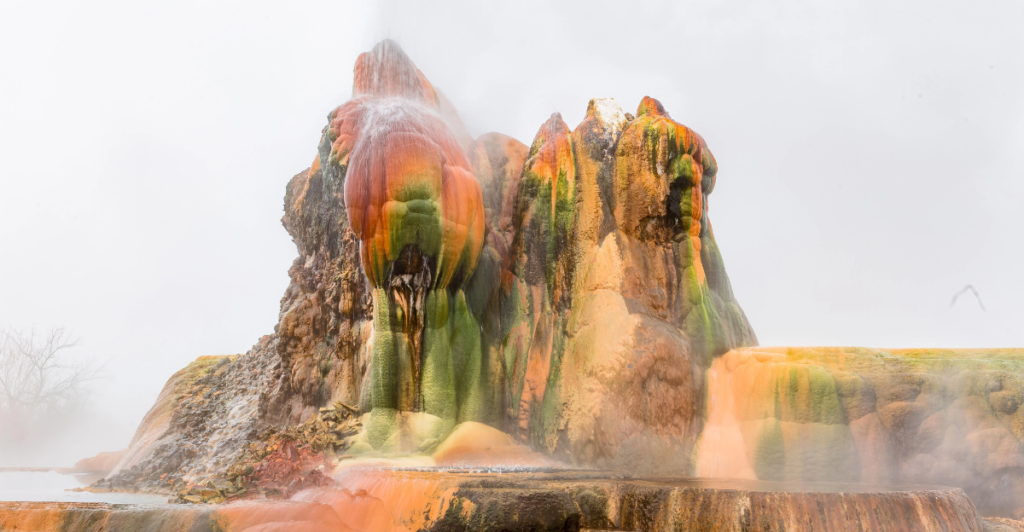
Nevada doesn’t have active volcanoes, but it’s surrounded by states with fiery histories. Its geological features, like the Black Rock Desert’s volcanic fields, hint at a past shaped by eruptions. While Nevada might feel like a safe zone, its proximity to the Cascades and Yellowstone means it’s not entirely out of the danger zone. Volcanic ash and seismic activity don’t respect state borders. Living in Nevada doesn’t guarantee immunity from nature’s wrath.
How Close Are You? – Living in a Volcanic World
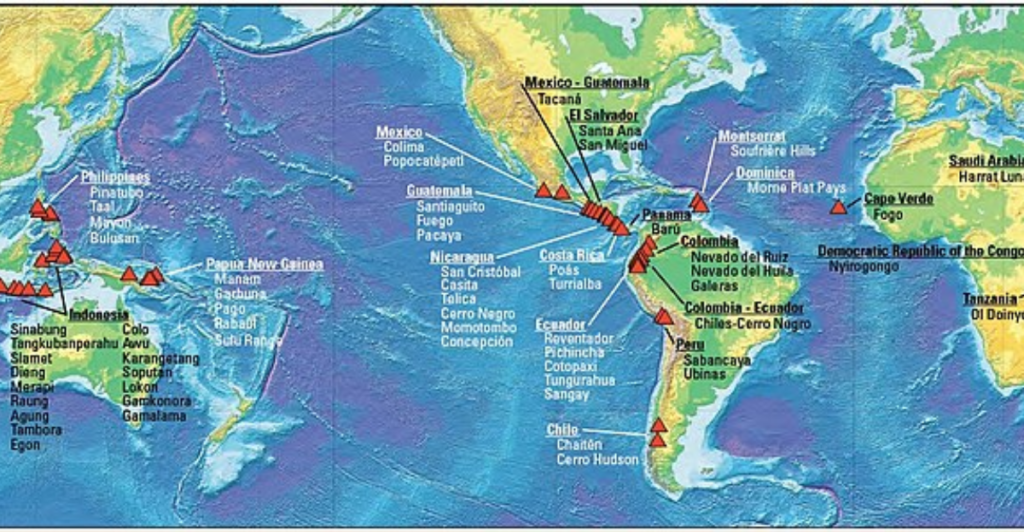
The United States is a volcanic tapestry, with fiery peaks scattered across its landscape. Even if you don’t live near a volcano, the effects of an eruption—ash clouds, climate changes, disrupted air travel—can reach far and wide. Understanding the risks and staying informed is key to living in harmony with these unpredictable giants. So, how close are you to one? Check the USGS volcanic hazard maps, stay vigilant, and always respect the power of Earth’s fiery heart. Volcanoes are a reminder of Earth’s raw power, shaping landscapes and rewriting history. Whether you live in Alaska’s volcanic wilderness or admire the Cascades from afar, these giants command awe and respect. The ground beneath us isn’t as steady as it seems. Stay alert and stay prepared.
Discover more of our trending stories and follow us to keep them appearing in your feed

The 11 Most Iconic Freshwater Mammals – How Many of Them Live in the U.S.
Top Facts About Wolverines: the Bad-Tempered Loners Capable of Taking Down Bears
Top 10 Largest Volcanoes in the World – How Dangerous Are They?
The 11 Most Active Volcanoes in the World – Which One Will Erupt Next?
References:
12 U.S. states where you could live near an active volcano
There are 12 states with active volcanoes. Here’s the list
Stay connected with us for more stories like this! Follow us to get the latest updates or hit the Follow button at the top of this article, and let us know what you think by leaving your feedback below. We’d love to hear from you!



